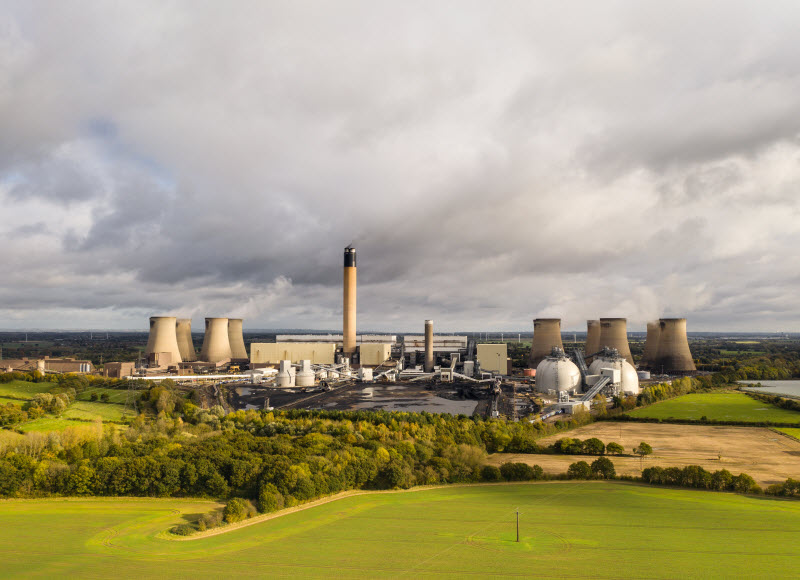
There has been a great deal of scientific research and development conducted over the past 40 years on the effectiveness and security of storing captured carbon in deep underground reservoirs that once contained oil and gas. It is not a new science, and the investments made point to the idea as one of the more successful methods of removing greenhouse gas from the atmosphere and preventing it from causing further damage.
The carbon is captured at the source before entering the atmosphere. It is then liquified, transported and injected into deep underground rock formations, effectively returning it from where it originated. The geological formation is the ideal porous rock composition that secures the liquid. The depth and scale of these reservoirs ensure the method is safe and prevents future release.
The technology has been in use since the mid 1990s, showcasing proven results. Naturally, there is a lot more detail to the processes involved; however, the elevator version is simple and effective. While the big plan is for renewables to replace the burning of fossil fuels, CCS is the most advanced and readily scalable technology that can immediately impact the reduction of CO2 in the atmosphere and provide a bridging pathway for heavy emitters to reduce their CO2 footprint at the same time as they transition to renewable energy sources such as wind, solar and hydro.
For too long, we have been staring into the crystal ball of renewable energy replacing fossil fuels without looking at the technology to stop carbon emissions at the source. This is the single biggest advantage of CCS right now. In a recent article in the Australian Financial Review newspaper, IEA (International Energy Agency) Director Dr. Fatih Birol singled out CCS, renewable energy and hydrogen as the areas that Australia should be prioritising as it moves forward in the transition to low-carbon energy.

Why carbon capture and storage is so important
Released carbon emissions entering the atmosphere are the reason we are in a global climate crisis, and there is no debating that statement. Capturing the carbon emissions and storing them underground is the only option available at the moment that can reduce emissions from large industrial installations. The earth is warming at an alarming rate, and the evidence is clear worldwide. Extreme weather events are the signal, and while governments and others continue to divert the conversation away from the best practices, it is incumbent on business and the public to become the loudest voice.
Industrial carbon emitters don’t want to be responsible for scorching the planet. They need clear policy direction and investment into decarbonising the industries they represent. Carbon capture and storage is available now and is successfully decarbonising much of the Scandinavian territories and has an excellent take up in the United Kingdom. The process is costly; however, there are several levers available to businesses to offset costs and make the transition to CCS cost desirable.
The technology can and does immediately slow the amount of carbon entering the atmosphere from large industrial plants. Also, it is the only technology that effectively supports emitters such as cement manufacturing and many other hard-to-abate industries in reducing their carbon emissions. There are 27 large-scale CCS operating facilities worldwide, with 108 new facilities in the pipeline. Many international energy businesses and governments see the future of CCS as a priority prevention technology. Australia must take the lead from progressive companies in the northern hemisphere, including Iceland, Denmark, the Netherlands, Canada and the United Kingdom. They are way ahead in maximising the benefits of CCS and are taking real and positive action in the war on climate change.
CCS Energy is committed to forging your path toward net zero emissions. Our expertise can help clients set realistic targets and tap into additional asset value through carbon offset mechanisms available through various global emission trading schemes. Our team membrs are CSS experts and well engineers, passionate about identifying efficient and cost-effective transition technology to capture and store carbon and reduce your operation’s carbon footprint.
With years of technical experience in the petroleum industry, we can provide all aspects of technical design, project management and regulatory administration.
When your business is ready to do its part in reducing its carbon emissions footprint, give our team a call. We only offer the very best solutions and technical expertise.



